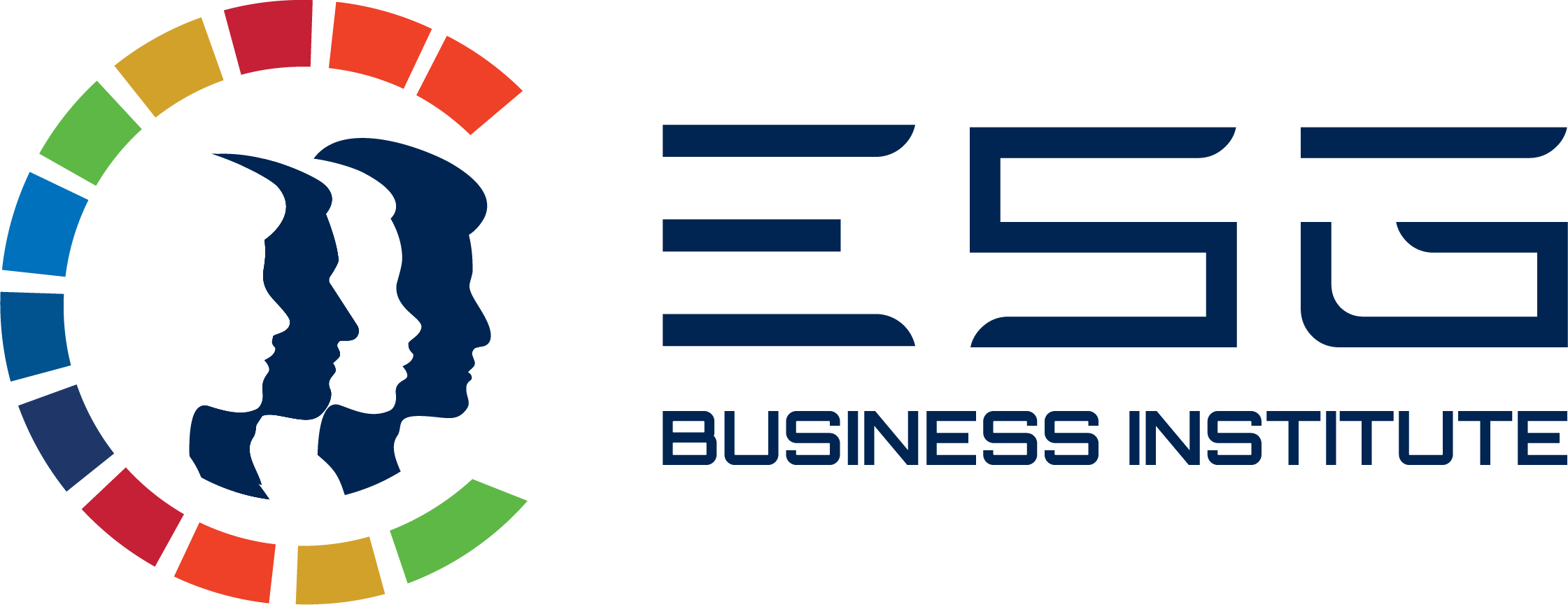Written by Leela Julong
03 November 2025

Introduction: The New Era of ESG Accountability
In 2025, ESG reporting has evolved from a voluntary exercise to a strategic necessity. What was once a patchwork of sustainability disclosures has now become a global framework of mandatory, assured, and investor-critical data. From the EU’s Corporate Sustainability Reporting Directive (CSRD) to the US SEC’s climate disclosure rules and the global ISSB standards, companies are navigating a new terrain—one where ESG assurance is no longer optional, and transparency is currency.
This article explores the shifting landscape of ESG assurance and reporting, the technologies driving change, and the strategic implications for organizations worldwide. We’ll also dive into two compelling case studies: Standard Chartered’s transition plan and the ESG performance of Euronext-listed companies.
2025 Landscape: Mandatory ESG Reporting Goes Global
The regulatory tide has turned. In 2025, over 50 jurisdictions have introduced or expanded mandatory ESG disclosure requirements. Key developments include:
- CSRD Requirement: Companies with over 1,000 employees and €450 million in annual turnover—are now required to report on double materiality with third-party assurance.
- SEC (US): Climate-related disclosures and Scope 1 & 2 emissions reporting may be mandatory for listed firms.
- ISSB (Global): Consolidated standards for sustainability and climate disclosures adopted by 30+ countries.
- APAC Momentum: Singapore, Japan, and Malaysia are aligning with ISSB and introducing phased assurance requirements.
This shift reflects growing consensus: ESG data must be reliable, comparable, and auditable—just like financial data.
Assurance Maturity: Who’s Leading the Charge?
According to KPMG’s ESG Assurance Maturity Index 2025:
- 310 companies now CSRD-aligned
These organizations have adopted structured ESG assurance protocols, including third-party verification and double materiality disclosures, signalling a shift from voluntary to regulated ESG governance.
- Fastest growth in Asia, Africa, Middle East
Driven by regulatory momentum (e.g., ISSB adoption in Asia, ESG-linked sovereign bonds in Africa), these regions are rapidly building assurance capacity despite infrastructure gaps. - Top sectors: Financial services, energy, consumer goods
These industries face high ESG exposure—banks require climate risk assurance, energy firms verify emissions, and consumer brands assure supply chain ethics and circularity. - Key challenges:
- Fragmented ESG data systems hinder traceability and auditability.
- Internal controls often lag behind financial reporting standards.
- Limited pool of qualified ESG assurance providers creates bottlenecks, especially in emerging markets.
Technology Integration: AI, Blockchain & Predictive Analytics
The complexity of ESG data—spanning emissions, water use, labor practices, and biodiversity, demands advanced tools. In 2025, leading companies are using:
- AI to detect anomalies, automate reporting, and simulate future ESG scenarios.
- Blockchain for traceability in supply chains and carbon credit verification.
- Predictive analytics to forecast ESG risks and model impact pathways.
These technologies not only improve data quality—they enable real-time ESG decision-making.
Investor Pressure: Assurance as a Trust Signal
Institutional investors are demanding externally assured ESG data to assess risk, allocate capital, and meet their own disclosure obligations. Key trends:
- ESG ratings divergence is pushing investors to rely on assured data over third-party scores.
- Sustainable finance instruments (green bonds, ESG-linked loans) increasingly require verified ESG metrics.
- Proxy voting and stewardship now hinge on credible ESG disclosures.
In short, assurance is becoming a prerequisite for capital access.
Case Study 1: Standard Chartered’s Transition Plan
In February 2025, Standard Chartered released a comprehensive Transition Plan that sets the benchmark for ESG integration in banking.
Highlights:
- Climate embedded across business lines
ESG criteria are integrated into lending decisions, risk management, and product development—ensuring sustainability is operationalized throughout the bank. - Net zero commitments
- Scope 1 & 2: Targeting net zero by 2025 for operational emissions.
- Scope 3: Committed to net zero financed emissions by 2050, covering client portfolios.
- Sector-specific decarbonization pathways
Detailed, externally assured transition plans for high-impact sectors: oil & gas, power, and steel. - Governance and reporting
Board-level oversight with disclosures aligned to CSRD and ISSB frameworks, reinforcing transparency and accountability. - Commercial impact
Nearly $1 billion in income generated from sustainable and transition finance products, demonstrating ESG as a growth driver.
This plan demonstrates how ESG assurance can drive strategic clarity, investor confidence, and competitive advantage.
Case Study 2: Euronext-Listed Companies
Euronext’s 2025 ESG Reporting Guide and Sustainability Week insights reveal strong momentum in ESG performance among listed firms.
- 300+ firms published CSRD-compliant ESG reports
Demonstrates widespread adoption of mandatory sustainability disclosures across Euronext markets.
- 10% average reduction in Scope 1 & 2 emissions
Indicates tangible progress in operational decarbonization among listed companies.
- 31% increase in Scope 3 disclosures since 2022
Reflects growing transparency in value chain emissions and upstream/downstream impacts.
- 70% of net-zero targets now SBTi-approved
Validates the credibility and science-based rigor of corporate climate commitments.
- 65% adoption of third-party ESG assurance
Signals rising demand for verified, investor-grade sustainability data.
Strategic Takeaways for ESG Leaders
- Treat ESG like financial reporting: Build internal controls, audit trails, and assurance protocols.
- Invest in tech: AI and blockchain are no longer optional, they’re essential for scalable ESG data.
- Engage assurance providers early: Capacity is limited, and demand is surging.
- Align with global frameworks: ISSB, CSRD, and SEC rules are converging and prepare for interoperability.
- Communicate with clarity: Transparent, assured ESG data builds trust with investors, regulators, and stakeholders.
Conclusion: Assurance Is the New Advantage
In 2025, ESG assurance is not just about compliance—it’s about credibility, capital, and competitive edge. Organizations that embrace this shift are not only meeting regulatory demands, but they’re also shaping the future of sustainable business.
As ESG BI continues to spotlight best practices and emerging trends, one message is clear: the path to impact begins with accountability. And accountability begins with assurance.
